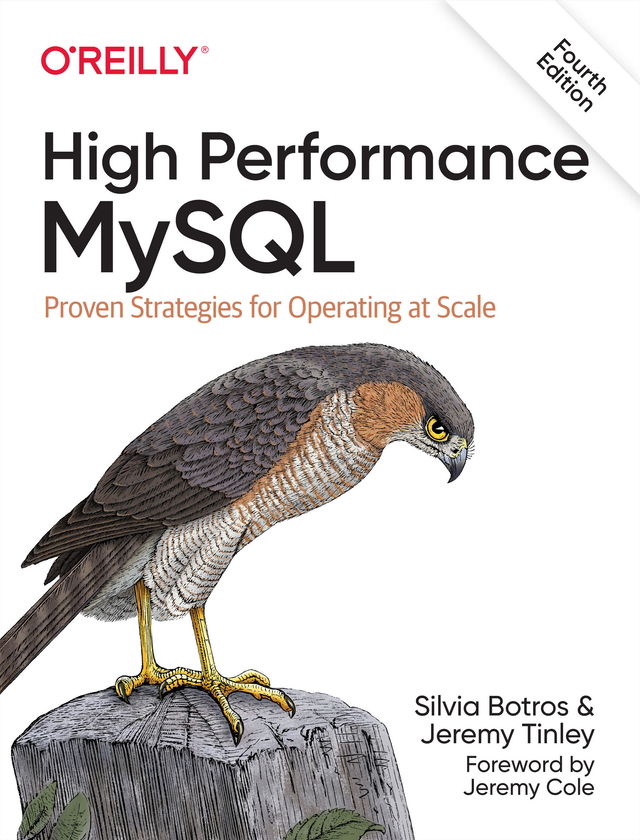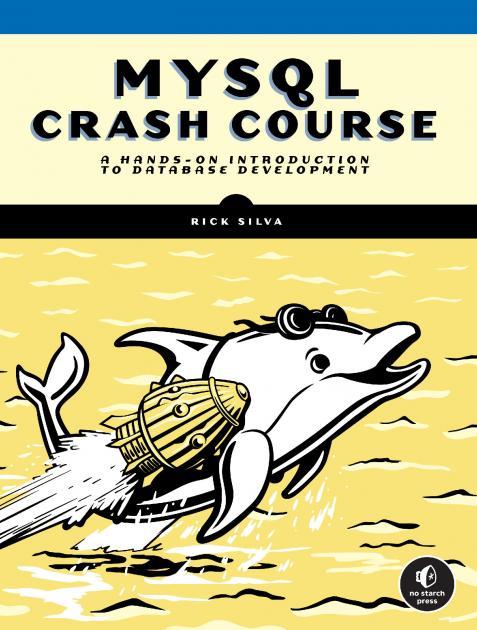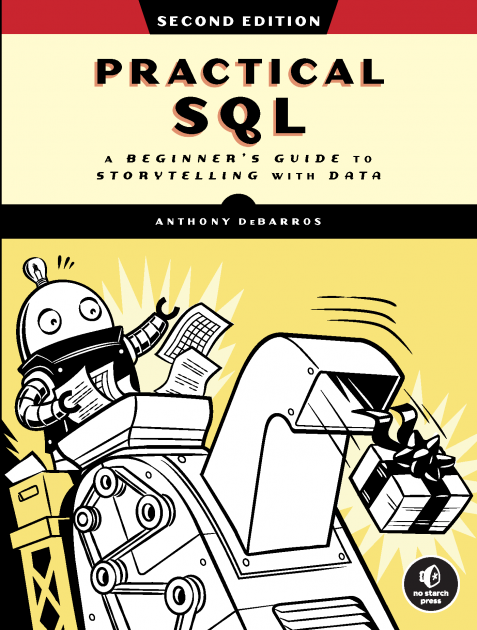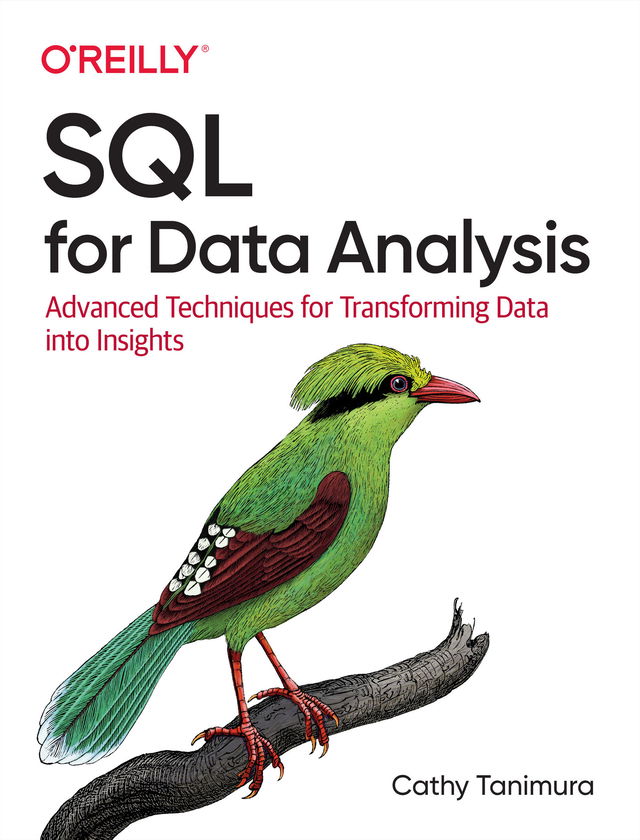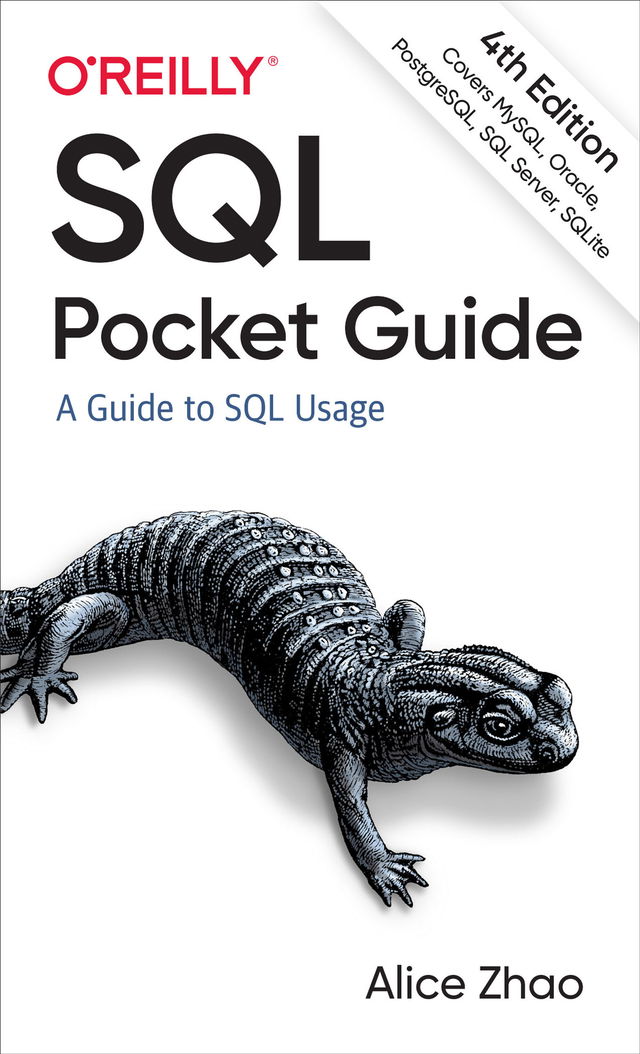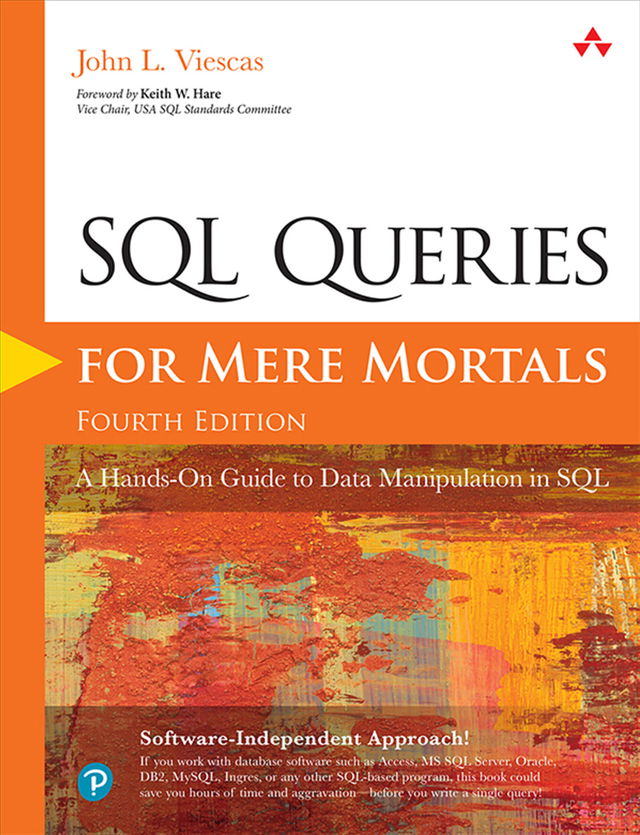How can you realize MySQL's full power? With High Performance MySQL, you'll learn advanced techniques for everything from setting service-level objectives to designing schemas, indexes, and queries to tuning your server, operating system, and hardware to achieve your platform's full potential. This guide also teaches database administrators safe and practical ways to scale applications through replication, load balancing, high availability, and failover.
Updated to reflect recent advances in cloud- and self-hosted MySQL, InnoDB performance, and new features and tools, this revised edition helps you design a relational data platform that will scale with your business. You'll learn best practices for database security along with hard-earned lessons in both performance and database stability.
- Dive into MySQL's architecture, including key facts about its storage engines
- Learn how server configuration works with your hardware and deployment choices
- Make query performance part of your software delivery process
- Examine enhancements to MySQL's replication and high availability
- Compare different MySQL offerings in managed cloud environments
- Explore MySQL's full stack optimization from application-side configuration to server tuning
- Turn traditional database management tasks into automated processes
